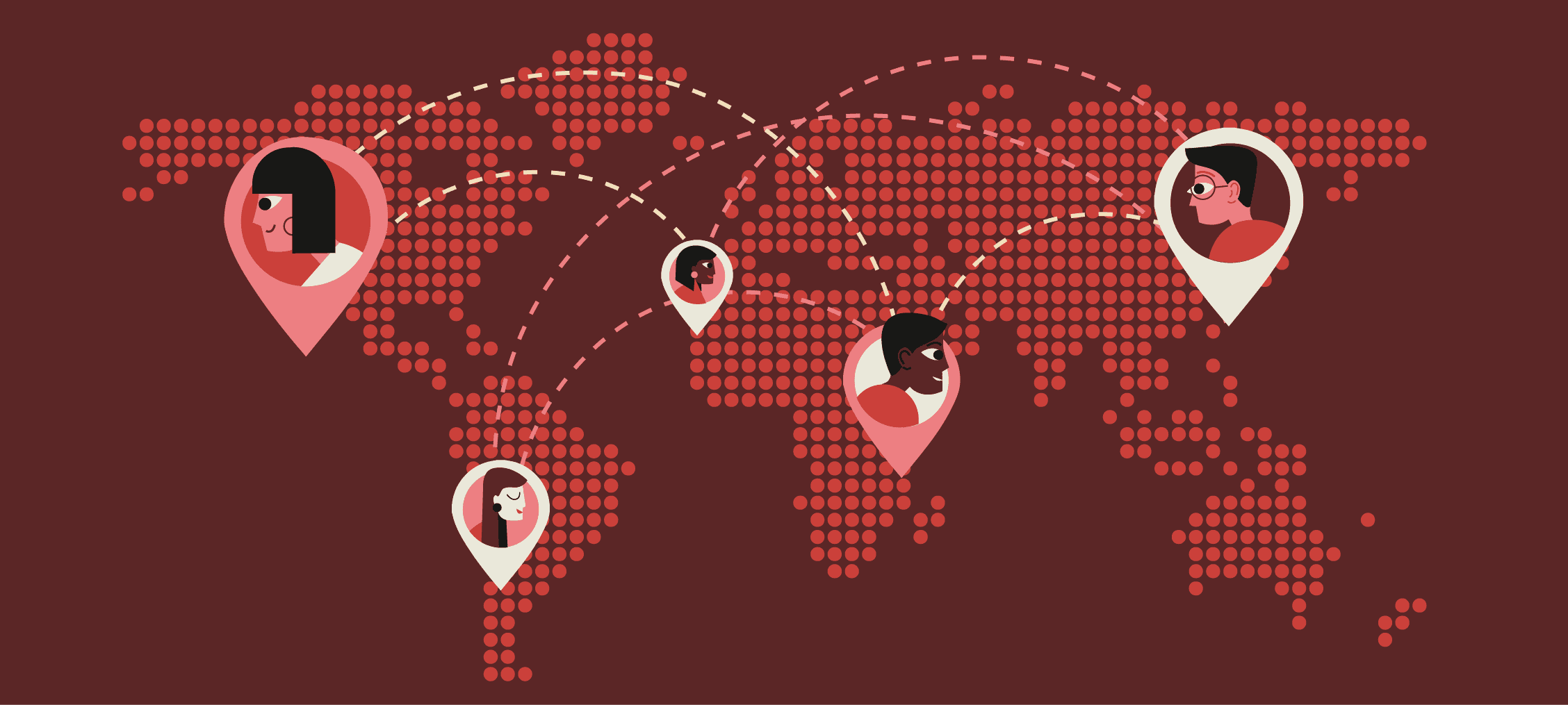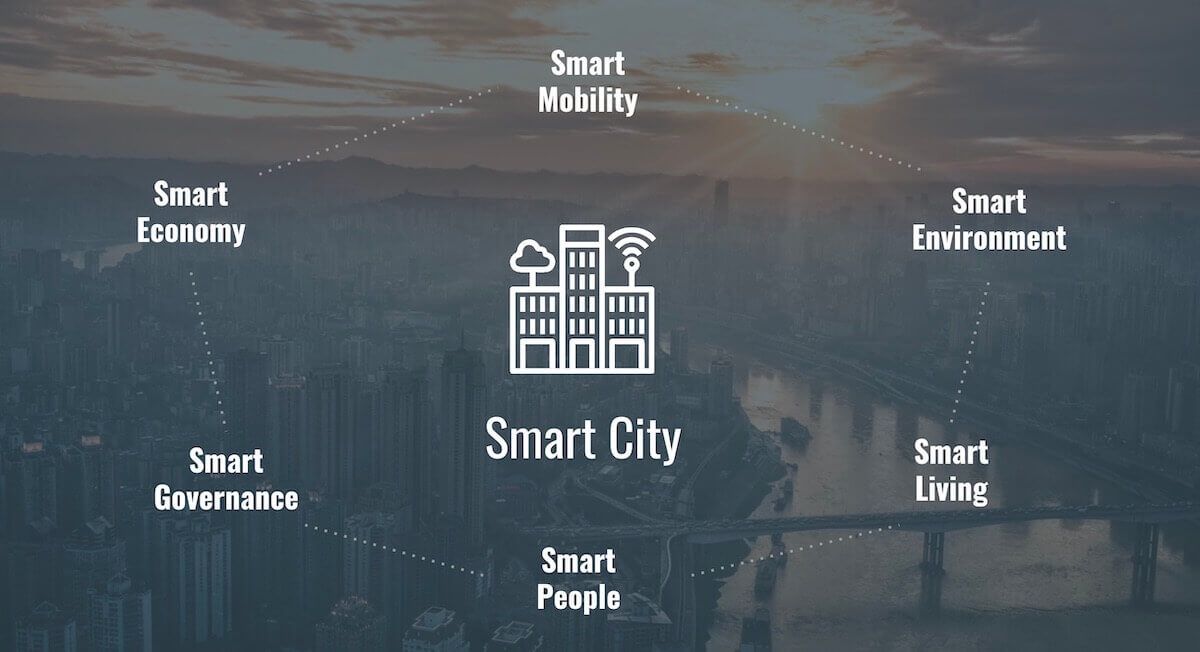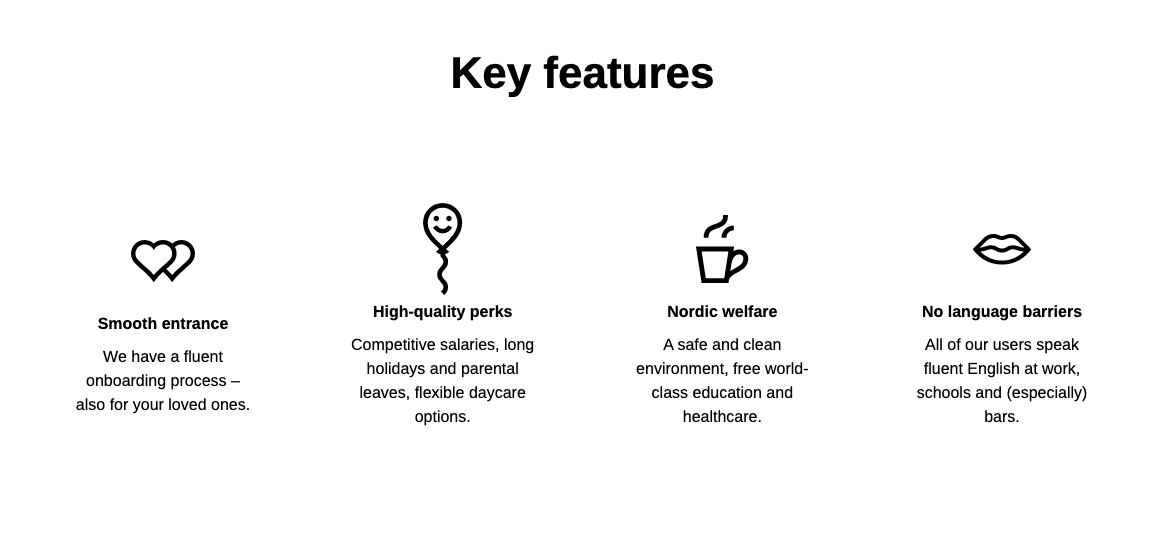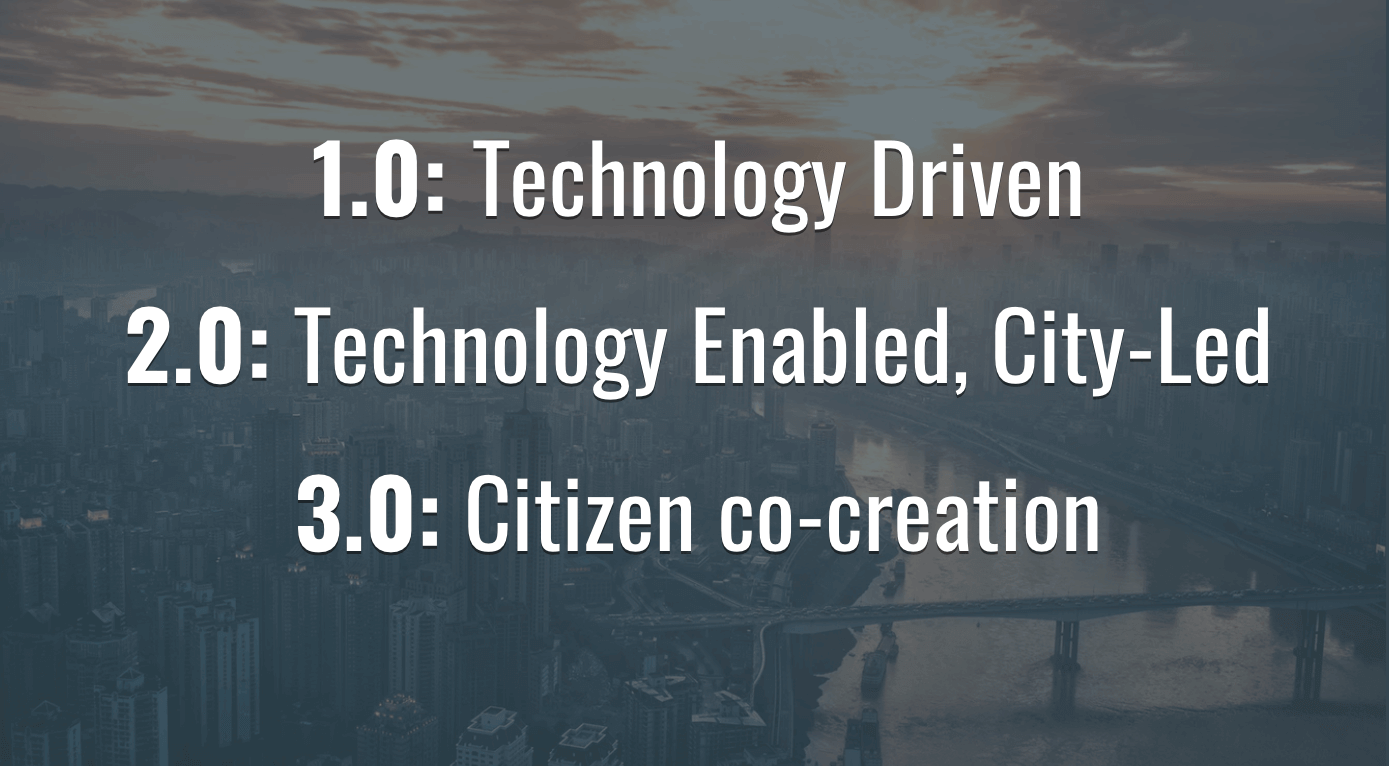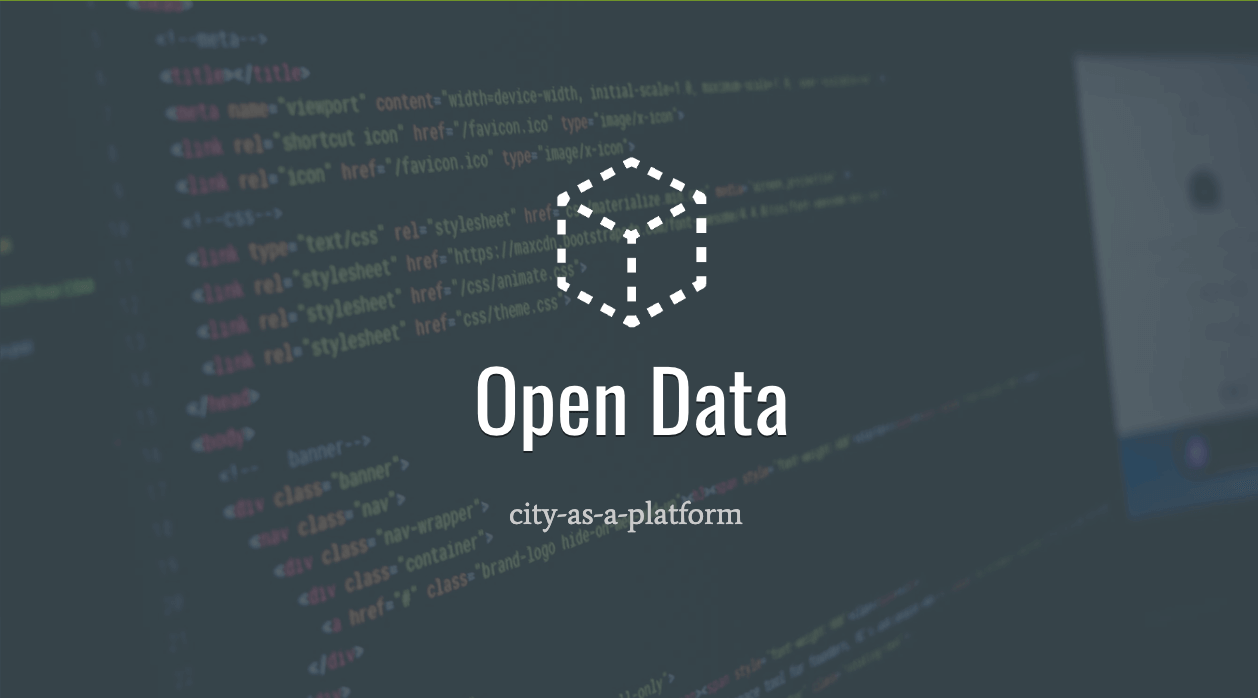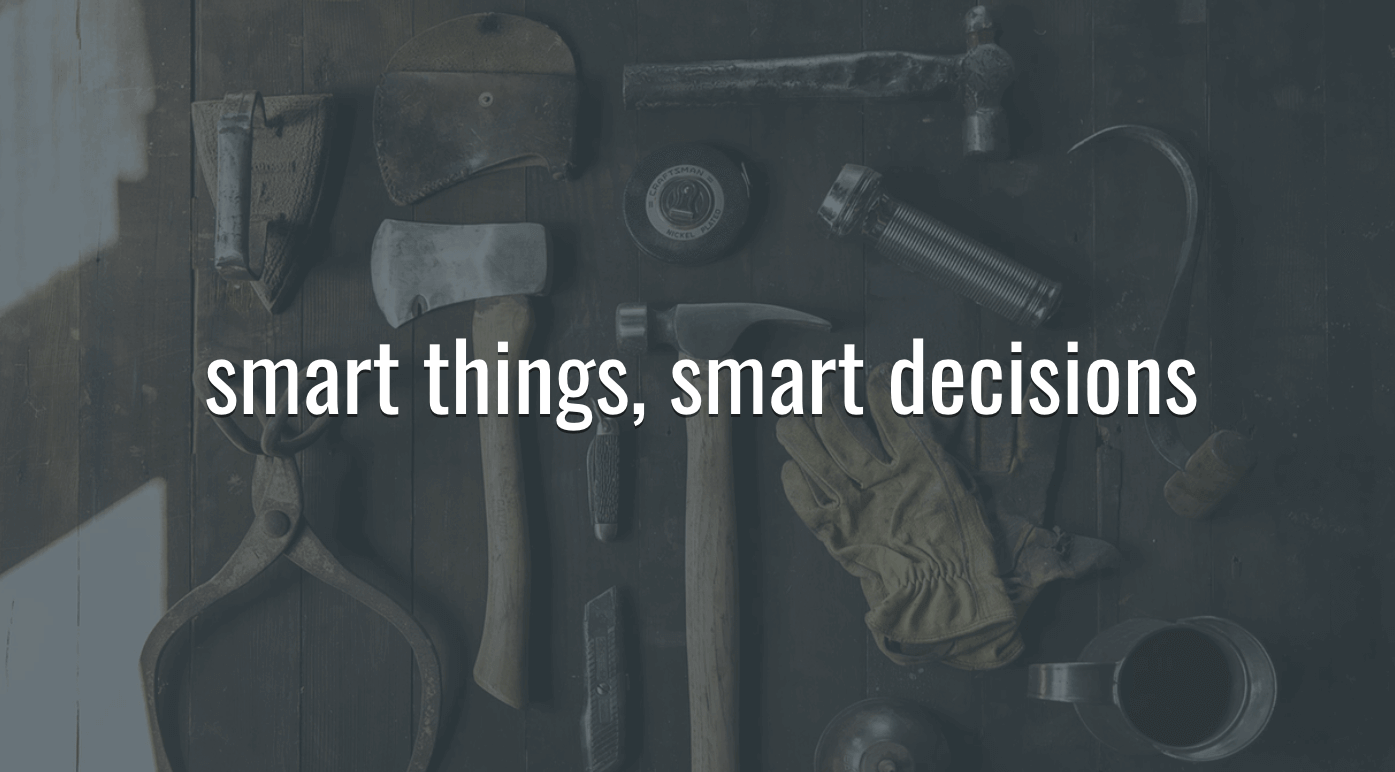When we think about the impact of remote work the first thing that comes to mind is how it changes the way that businesses operate, eliminating the constraints of the physical offices and allowing for a more distributed workforce. But the tidal wave of remote work is having a profound impact on how we live as well, reshaping communities and cities in entirely new ways.
Recent research shows that remote work has been on a steady rise with 30% of the workforce in the States already working remotely at some frequency. More and more companies and employees are going remote and this is no longer limited to the IT industry only.
As the world of work changes, so does our mindset. We’re looking at job opportunities differently now that we can choose where we want to live and work and for how long. So how does this connect to cities and why should they care? Well, these changes impact where work occurs, but also how the city’s infrastructure and public services are used.
As the physical office becomes less and less important, cities need to be able to attract digital nomads and knowledge workers that can live and work anywhere in the world. They also need to deliver a better quality of life for their residents and this means developing smart city strategies that start with people, not technology.
30% of the workforce in the US is already working remotely at some frequency
What Makes a City 'Smart,' Anyway?
A city’s ‘smarts’ is not just about adding smart devices, sensors and systems to collect more data. It is about using the available technology and data to make better, timelier decisions and improve the quality of life for all residents. Cities that have made this type of effort are becoming important engines of growth for the economy of their countries.
Here’s how Deloitte. sees smart cities. They focus on people by providing:
- A better quality of life for both residents and visitors
- Economic competitiveness to attract industry and talent
- An environmentally conscious focus on sustainability.
To summarize all aspects of a smart city:
- Smart mobility
- Smart environment
- Smart living
- Smart governance
- Smart economy
Technology is at the core of each, helping to collect, store, and analyze data that powers smart decision making.
What do Remote Workers Expect from Cities?
According to some predictions, there will be
1 billion digital nomads by 2035
and cities need to be prepared to meet the demands of the future generations of workers.
The website Nomadlist. gathers digital nomads from around the globe who rank cities based on a variety of criteria that all relate to the quality of life. The sheer number of available criteria paints a good picture of what digital nomads expect from a city in order to move there.
Now, you may ask why a city would care about digital nomads. As knowledge workers, they typically earn a decent income and spend their money in local businesses, supporting the local economy.
So what do remote workers and digital nomads expect from cities?
- Easy integration into local community
- Variety of choice when it comes to educational and fun activities
- Healthy environment and a good healthcare system
- Easy access to information
- Communication with public institutions via digital services.
Digitization of public services is an incredibly important factor and cities like New York, San Francisco, Barcelona, Helsinki, and London are leading with digitizing their services.
Helsinki is a great example of a city that has recognized and answered to the demands of international tech talent. It became the world’s first City as a Service. (CaaS) and you can go to the website to sign up for a trial of “an all-inclusive service bundle” or apply for a demo, just like with any other “as a service” model.
Technology Stages in City Development
Technology is influencing our everyday lives and the cities and its officials are adopting technology to make life easier for their residents and visitors and as well be able to use collected data and make better decisions. If we try to identify the development phases there are 3 phases that can be identified.
- 1.0 - Decisions are lead by technology companies pushing their solutions, usually without cities and governments understanding the impact and how to utilize technology. There have been many failures - e.g. PlanIT in Portugal
- 2.0 - Matured, lead by the city officials that are trying to find technology to help them make better decisions and plan future developments, Barcelona and Rio are great examples
- 3.0 - Active resident involvement as co-investors in the development, started with shared energy models (e.g. Wien Energy project) and is developing through crowd founding platforms and co-founding projects like city parks, bike trails, libraries…
Smart Cities Need Open Data
Transparency and better communication with citizens are key to the development of smart cities and open data initiative is the first step towards enabling a more transparent system.
It’s all about making city’s data accessible to everyone and then making that data usable through APIs so residents and companies can leverage it to develop new solutions. This empowers individuals and companies to make better decisions and play a more active role in shaping the city’s overall performance.
Some countries and governments have recognized this need so we now have sites like data.gov which shows all available open data in the USA.
Smart Things, Smart Decisions
Smart things, sensors, open data, and technology solutions for efficient interaction with residents lead to informed decisions and will help create better living environments.
World travel has become accessible and is becoming more and more efficient. All of this lead to cities taking an active role in shaping the offer for the residents, existing and as well the future ones who would see their offer attractive and a place for them to move to.
